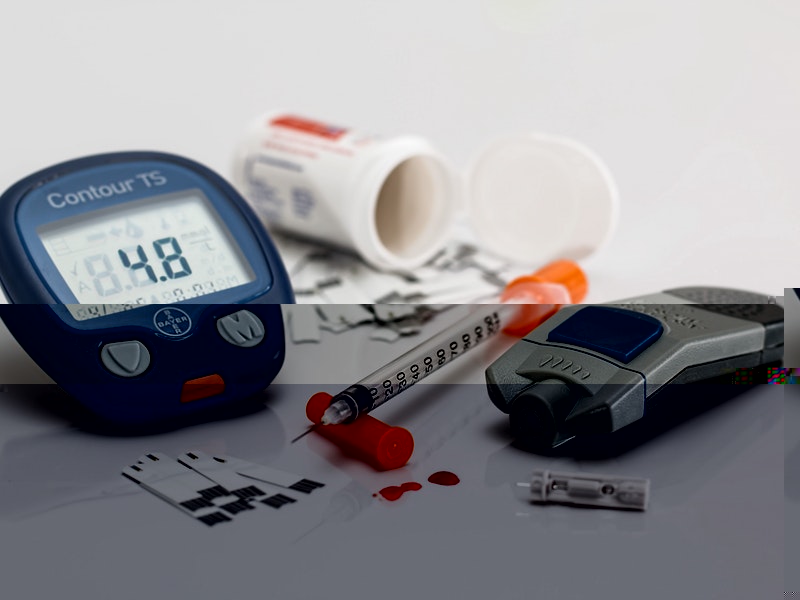
The following are success factors for playing in the Nigerian healthcare system:
Design lease products with the following attributes:
i. Target a specific market based on well-defined criteria
ii. Using credit parameters, defines acceptable prospective lessees within that market.
iii. Simultaneously include and exclude prospective customers (credit parameters are used to exclude prospective customers)
Establish a target market using the following criteria:
i. Type of equipment – You may only be interested in leasing certain types of equipment (e.g. Scan, MRI, surgical equipment etc).
ii. Industry or profession – You may choose to specialise in a certain industry or profession (e.g. manufacturers or medical practitioners).
iii. Geography – You may limit your activity to a certain region or state due to concerns about equipment monitoring or monitoring of lessees.
iv. Transaction size – You may want to specialise on certain sizes of transactions based on skill and structure
Credit Parameters – You may use the following credit criteria to choose your lease prospects:
i. Age of business – the longer a prospective lessee has been in business the better
ii. Type of transaction – You may confine activities to either finance leases or equipment finance agreements and exclude operating lease
iii. Size of transaction – You should avoid concentration risk. It is deemed undesirable if a few customers hold a significant portion of your lease portfolio
iv. Type of equipment – You may only want to finance equipment with a potential resale value. This helps in recovery
v. Purpose of equipment – You may prefer to finance “revenue producing” equipment (i.e. either adding new revenue or reducing costs) than that which does not generating any revenue
vi. Lease term (“tenor”) – the longer the lease term, the greater the risk.
vii. Business relationship – It is advisable that you deal with customers who have a long and functional history
OPPORTUNITIES
a. Demand for quality health care is high
b. Medical care is a business
c. Create value chains of specialisation: for instance; equipment & consumables
d. Enhance attractiveness of the ‘industry’ – reduce brain drain, improve collaboration across tiers of government funded health care
e. Additional product offering leading to increased bottom line.

